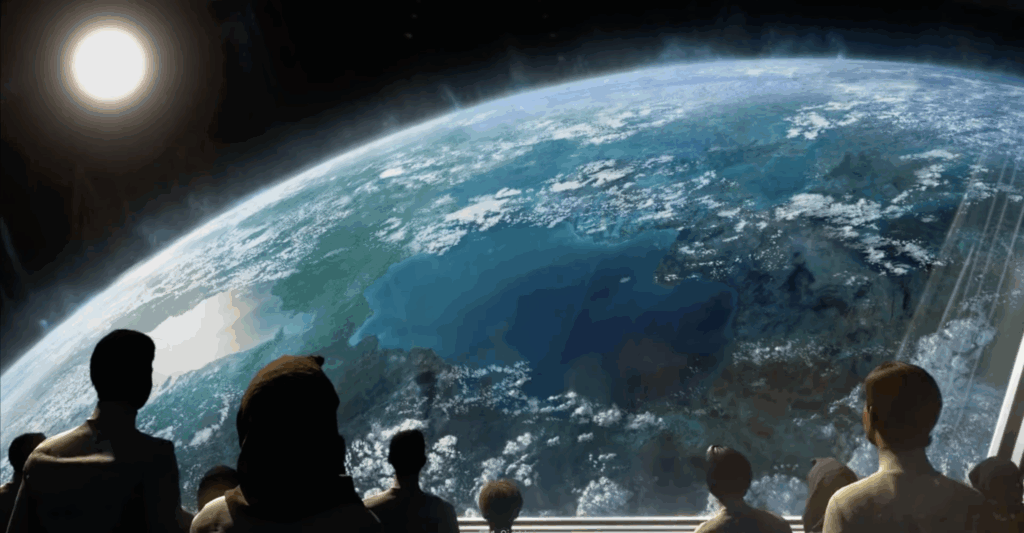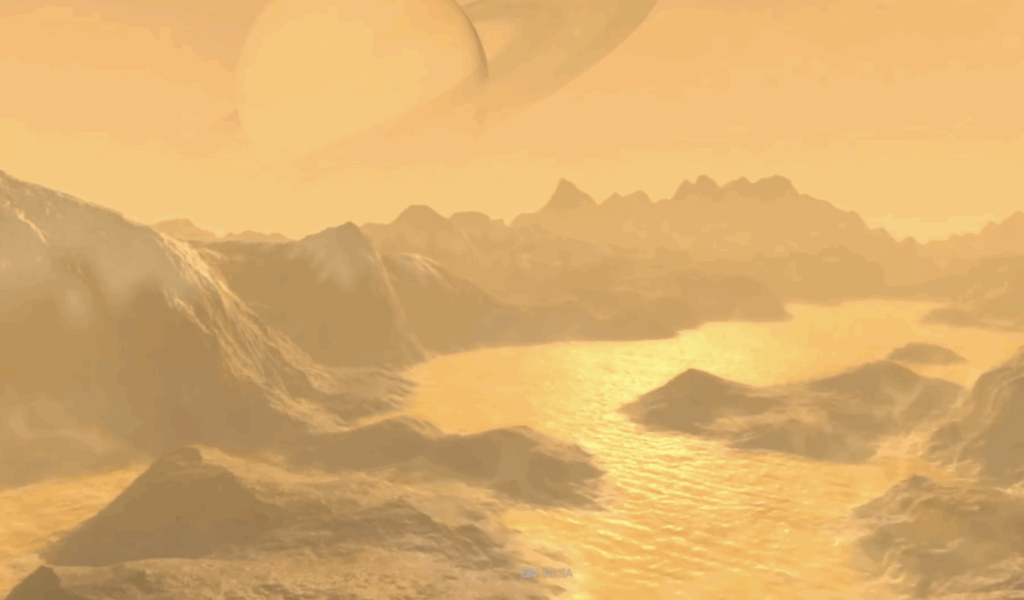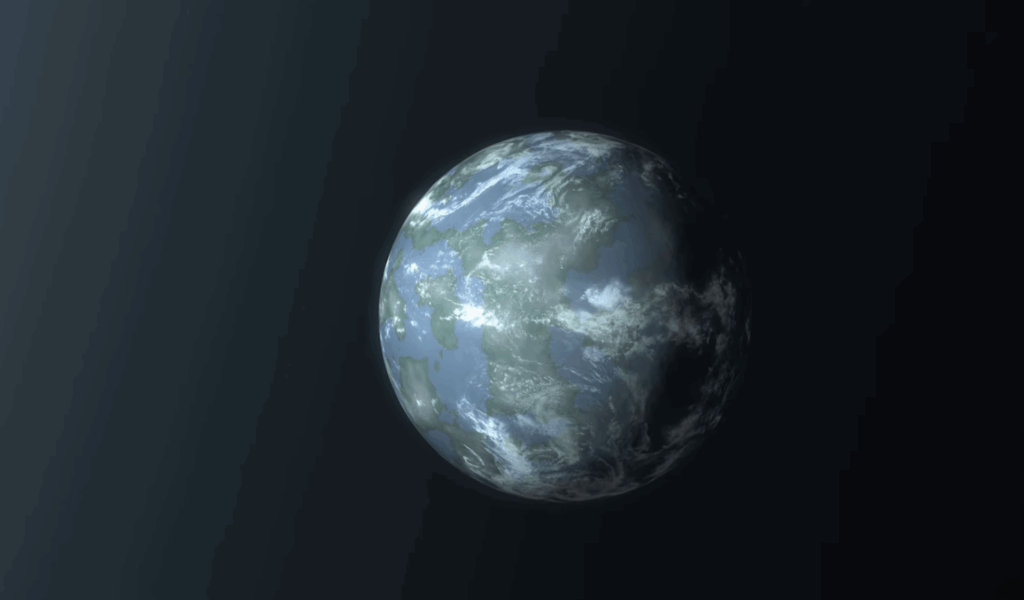Could there be an even better planet for us than Earth? Scientists are searching for a superhabitable world that wouldn’t just rival Earth, but be a place where life could thrive even more easily. And they’re looking at exoplanets.
How would we discover Earth 2.0? What would make an exoplanet habitable? How long would it take to get there?

You wouldn’t be able to find an exoplanet by looking through a telescope. All you’d see is the bright glare of the stars they orbit. NASA built the Kepler telescope to discover exoplanets.
And before it ran out of fuel, the Kepler telescope surveyed our region of the Milky Way galaxy. Its technology uses the transit method to find planets hundreds of light-years away. How?
It measured the fluctuation of light coming from distant stars. When a planet transits, or passes in front of a star, the star isn’t as bright. So the Kepler telescope uses that to detect exoplanets.
This is not an easy thing to do. But during its nine-year lifetime, the Kepler telescope confirmed the existence of 4,367 exoplanets. Could any of them be Earth 2.0?
If you’re a longtime fan of What If, you’ve probably heard this before, but Earth is a very special place. And even if a planet is deemed to be habitable, it doesn’t mean that it resembles Earth very much. A habitable planet is a rocky planet located in the habitable zone, allowing water to stay on the planet’s surface in its liquid form. That’s it.
Venus and Mars are habitable planets, but they are definitely not like Earth.

So let’s talk about three major conditions that we’d look for when searching for an even better version of Earth. First, it would need to have sunlight. Our Sun’s lifespan is about 10 billion years, and it took 4 billion years for anything more complex than the simplest life form to pop up on our planet.
But K-type dwarf stars have lifespans of about 70 billion years. So if we found an exoplanet orbiting a K-type star, there would be more time for life to evolve and live on it.
The second major condition is temperature. A planet that’s too hot or too cold wouldn’t be able to host the life-forms we’d need to survive. But if we find a planet that’s a mere 5°C (8°F) warmer than Earth, and it has more water, we could be looking at an Earth 2.0 covered in a lush, biodiverse rainforest. The third main condition we’d be looking for is size. Gravity retains a planet’s atmosphere, and there’s a direct relationship between gravity and a planet’s size.
So if we find a planet that’s only 1.5 times larger than Earth, it would be able to hold on to its interior heat and maintain its atmosphere for a longer time. But bigger isn’t always better. While Earth-sized exoplanets are usually rocky, about 50% of the exoplanets larger than Earth are gas giants. And if an exoplanet is too small, it would likely be barren, like Mars. So, are there any exoplanets out there that meet these requirements?
Kepler-1649c could be a contender to become Earth 2.0. It’s 300 light-years away, and it orbits a red dwarf star. It gets sunlight, but only 75% as much as the Earth. So it might be a bit cooler there. It’s also about the same size as the Earth, which is a good sign.
And there wouldn’t be any seasons on Kepler-1649c. A full orbit only takes 19.5 Earth days, so we’d need to get used to that. And it could be tidally locked, which means one side of the planet constantly faces its sun, while the other side faces space.

Also, living on a planet that orbits a red dwarf star could be risky. Sometimes, red dwarf stars send out massive flares, dousing an orbiting planet in UV light and creating huge temperature fluctuations. But if we decide that Kepler-1649c is worthy of becoming Earth 2.0, what would happen next?
Using our current technology, it would take at least 2,000 years to reach this Earth 2.0. And since this planet is so far away, we only know about its size, the distance to its star, and the makeup of its atmosphere. So, we could pack up humanity, take the multi-generational trip to Earth 2.0, and discover that it’s more like a Neptune 2.0. Uh, yeah. There’s no way we could survive on a gas giant.
We’d need much more information before we send humans to any possible Earth 2.0s. So, right now, NASA is developing a tiny probe to travel at one-fifth of the speed of light. It could greatly expand our knowledge of exoplanets.
And we shouldn’t limit ourselves to looking just at exoplanets. A moon receives direct solar energy from its star, and the planet it orbits reflects solar energy toward it. So maybe a moon could be more suitable for human life than an exoplanet. The most Earth-like planet in our Solar System is Titan, Saturn’s largest moon. So if we want to save thousands of years of traveling, maybe Titan could make a good second home for us.
Sources
- “Humans Will Never Live On An Exoplanet, Nobel Laureate Says. Here’s Why.”. Yasemin, Saplakoglu. 2021. livescience.com.
- “In Search For A Planet Better Than Earth: Top Contenders For A Superhabitable World”. 2021. Astrobiology.
- “‘Superhabitable’ planets could be better for life than Earth”. Ashley Strickland, CNN. 2021. CNN.
- “Your guide to the most habitable exoplanets”. Shannon Stirone. 2021. astronomy.com.
- “A Wet, Warm World”. 2021. Medium.
- “Habitable Zone | Astrobiology”. 2021. Encyclopedia Britannica.



























